when the water is calm enough to capture the shadow of some tree branches dangling above.
You see their contours dissolve, like ink poured on water
and, for a second, you think you can see the shape of a heart emerging,
its surface veins exposed, each beat pushing the waves back, out into the ocean ...
You wouldn't know it's there, hidden under the current.
Then you think that this sudden apparition only makes the waves more determined to return to the shore
The ocean knows its own power
But does it know the power of a beating heart? I wonder
The camera is poised just at the right angle, waiting for the right moment to expose
to reveal
The heart at the centre of things.
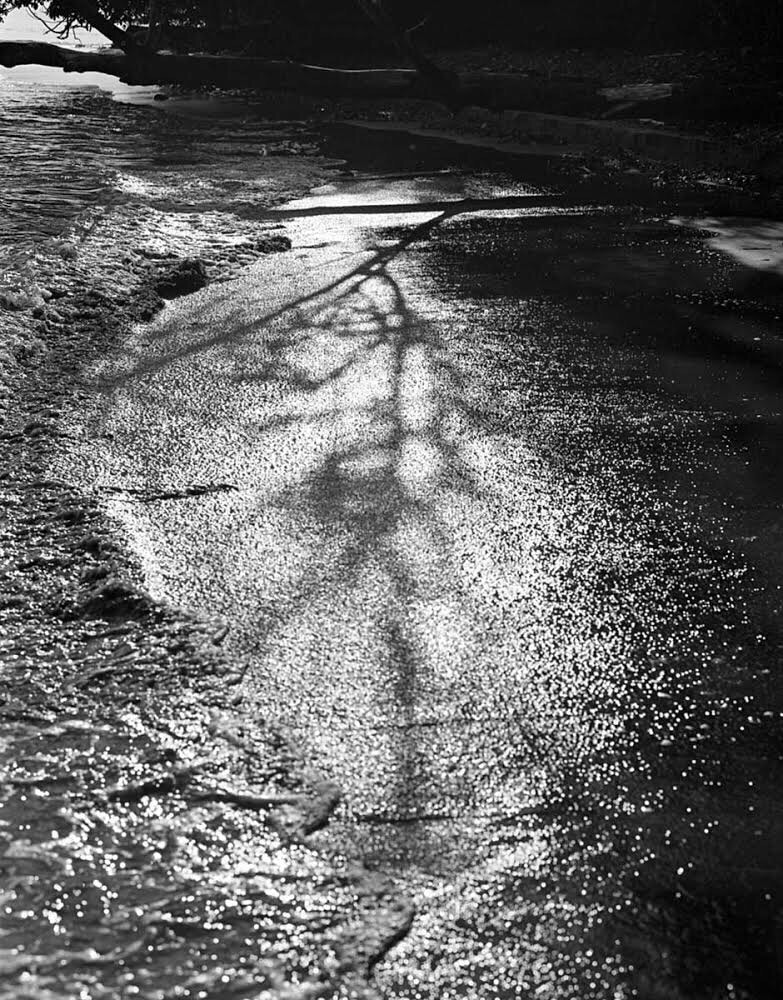
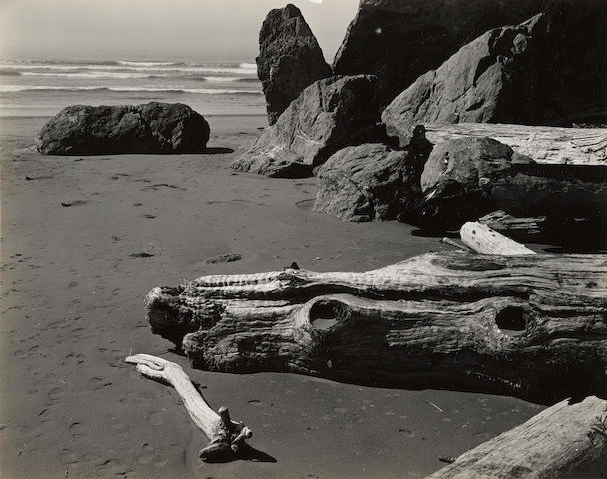
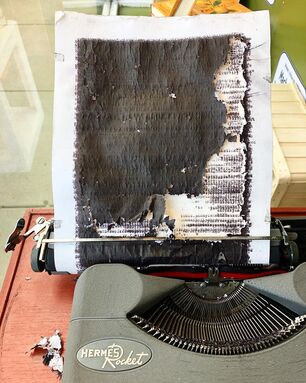
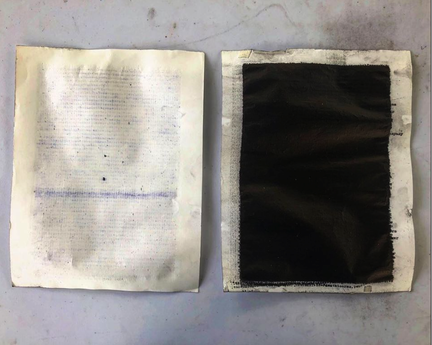
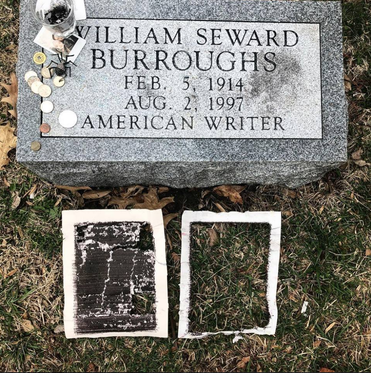
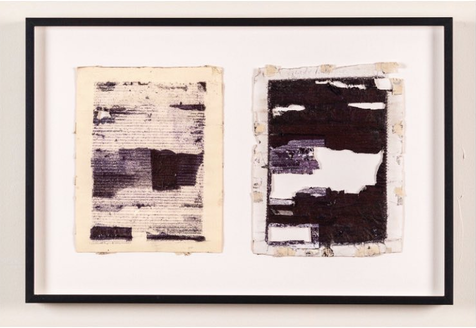
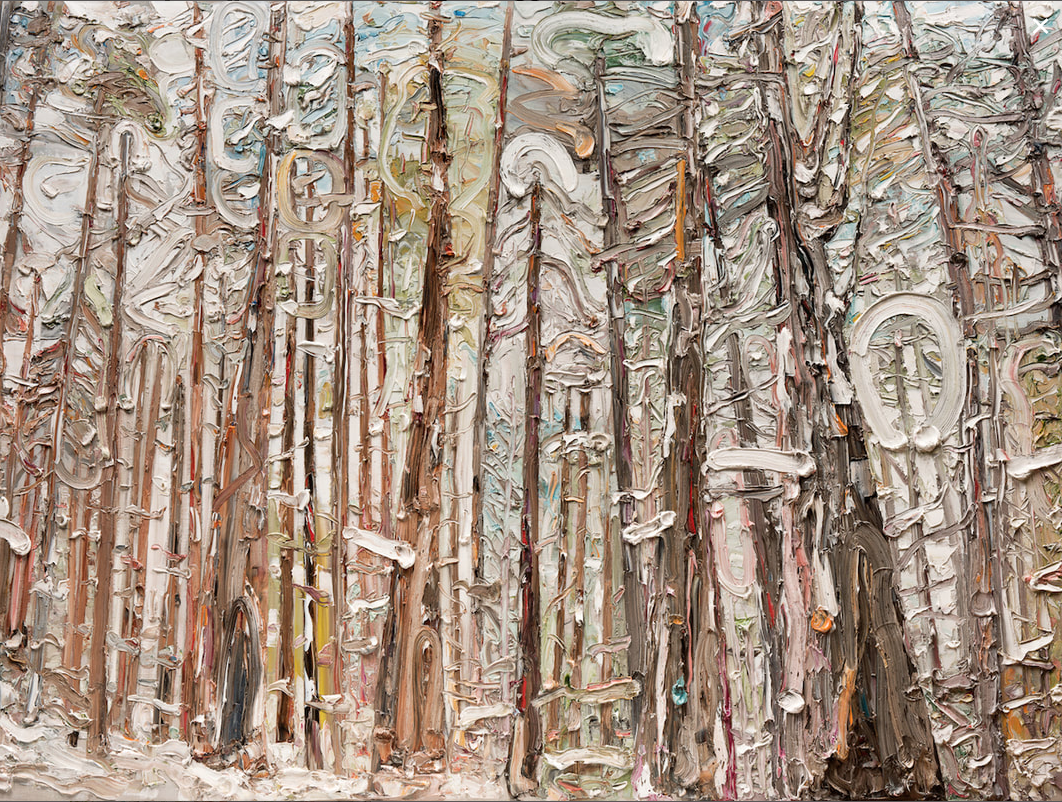
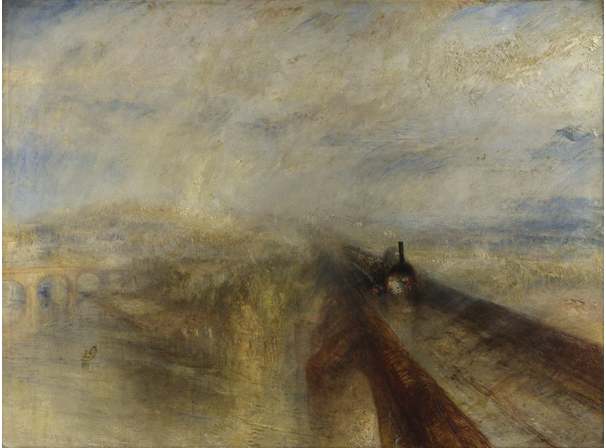
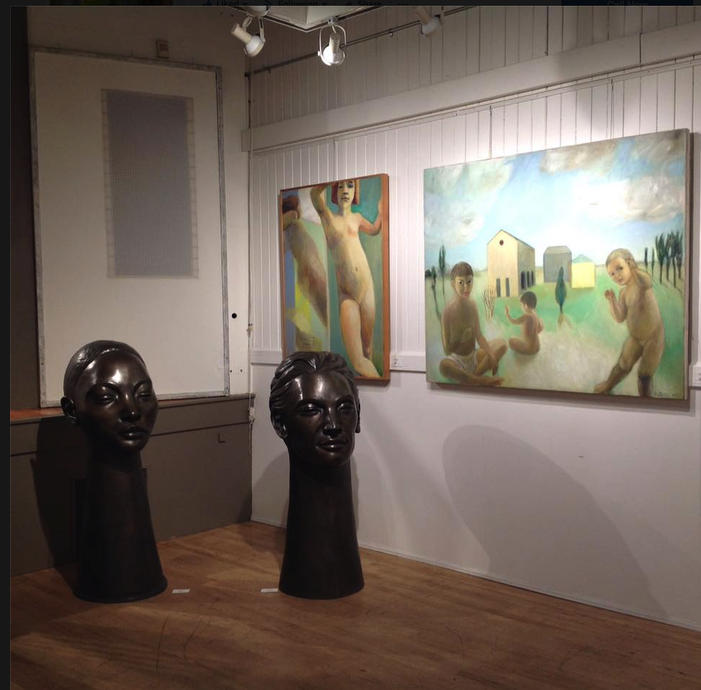
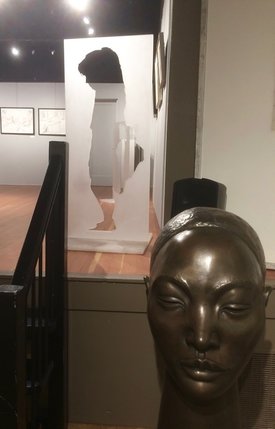
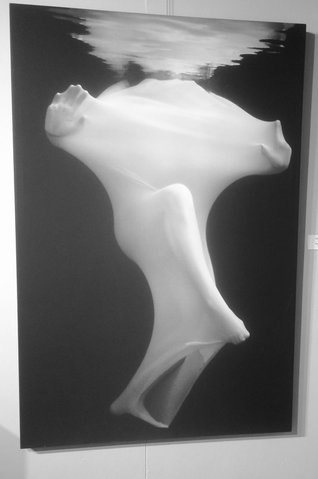
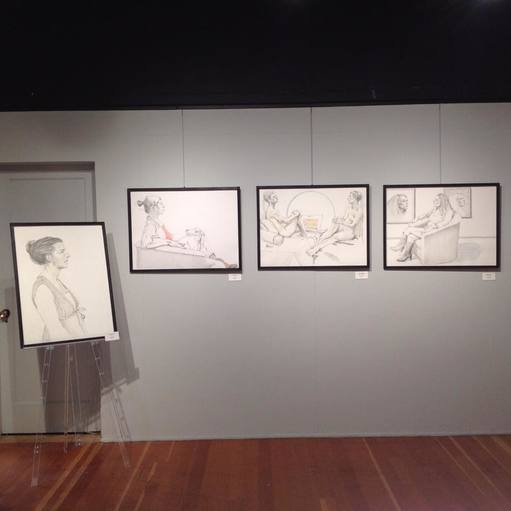
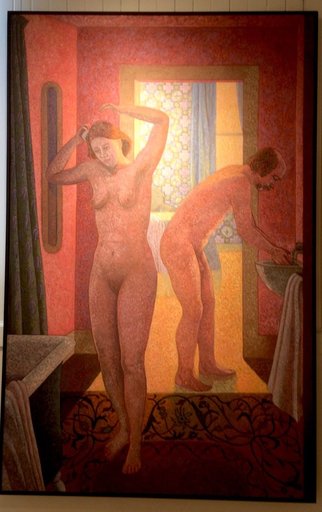
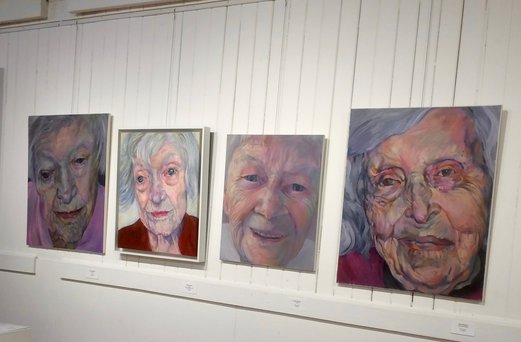
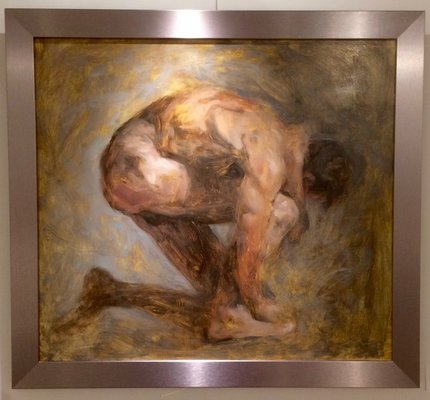
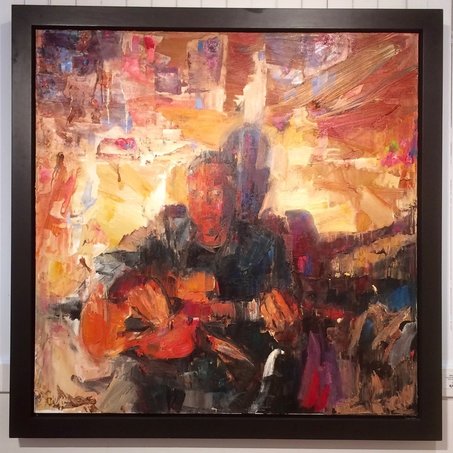
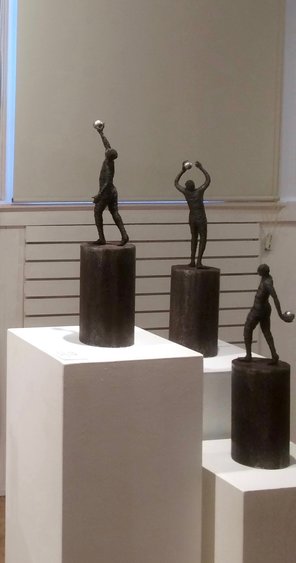
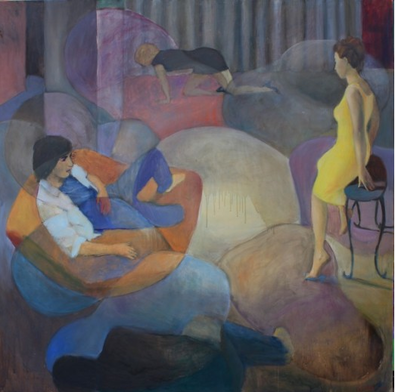
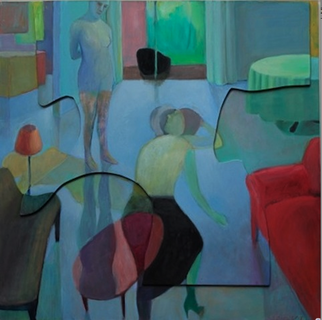
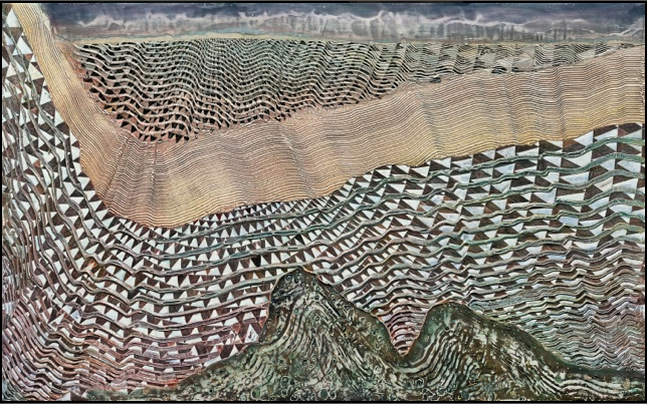
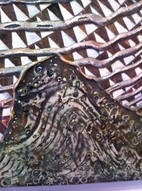
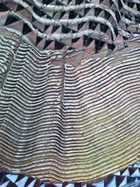
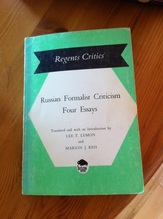
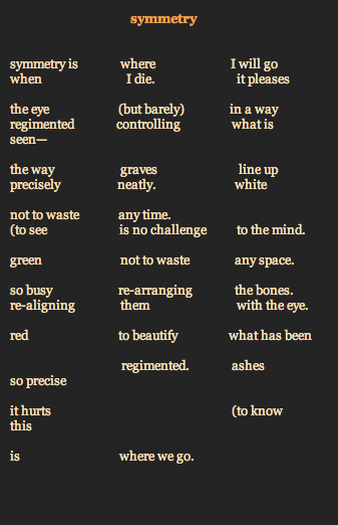
 RSS Feed
RSS Feed
